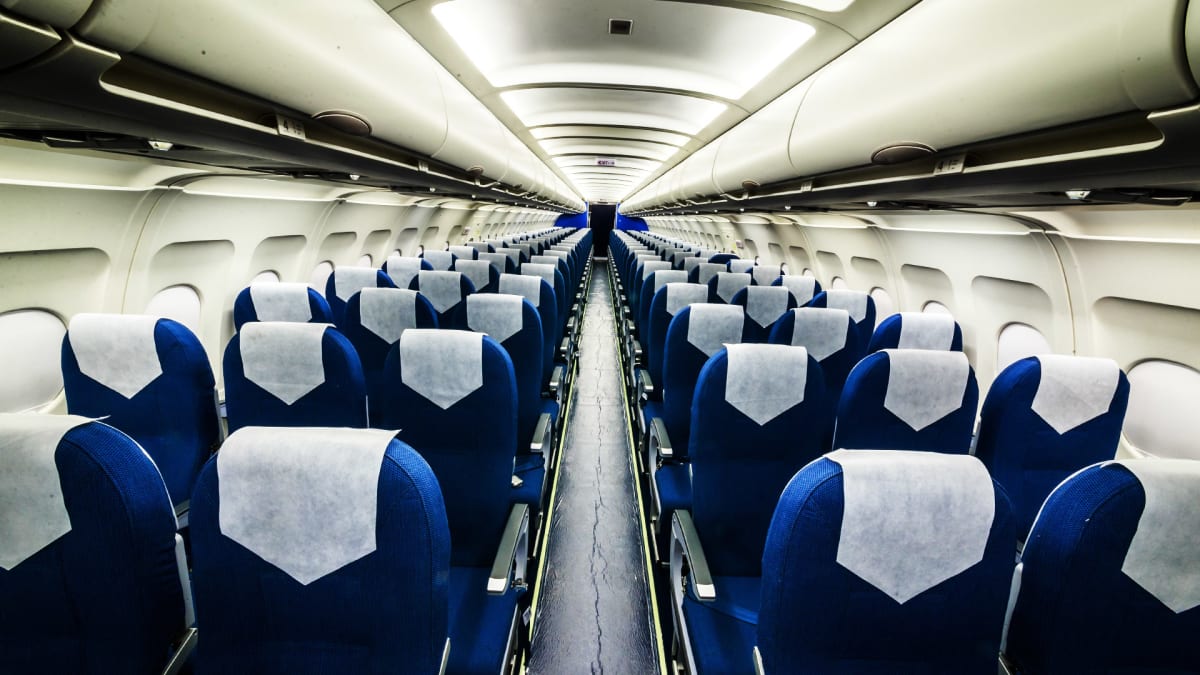
One of the central questions in American life, and American politics, is what the government is supposed to do, and how much it should intervene with people’s lives and business’ practices.
It’s an ongoing debate that may never be resolved, but depending on which party is in office at any given time, or which way a court decides, you can get an inkling on where we collectively stand.
DON'T MISS: Department of Transportation Might Make A Rule That Parents Will Love
Thanks to a recent federal appeals court ruling, we now have an even clearer sense of what the government can do for us, and what it explicitly cannot do for us. So like it or not, at the moment it is not the White House’s job to make sure you have a comfortable flight.
Federal Appeals Court Rejects a 2022 Petition
Last year, the advocacy group Flyers Rights filed a 26-page rule-making petition, calling for the Federal Aviation Administration to set minimum seat standards “that accommodate 90% to 92% of the population,” and has also called for a strict moratorium "on further seat size shrinkage."
In 2018, Congress told the FAA to “set the minimum standards for seat width and pitch, as part of the 2018 FAA Reauthorization Act,” but this did not materialize. As we have noted, seat pitch, which is the measurement between one seat back and the same spot on the next seat back, has shrunk from 35 inches to nearly 31, and in some cases as little as 28 inches. Additionally, seat width has shrunk by four inches in the past 30 years.
In response to the ever-shrinking seats, Flyers Rights sued the Federal Aviation Administration for what it terms a “failure to establish minimum seat standards mandated by Congress more than three years ago.” The organization has stated that the lawsuit stems from concerns about customer safety, in the case of evacuation or a case where passengers have to assume a brace position for a crash landing, as well as the part small seats can factor into deep vein thrombosis (DVT) in flyers.
But in response to the lawsuit, a three-judge panel of the District of Columbia Circuit Court has ruled that the FAA is not required to set a minimum seat size and minimum space between rows on commercial aircraft.
In an opinion written by Circuit Judge Justin Walker, reports Travel Weekly, the court concluded that Flyers Rights did not prove either that small seats slow the exit of airline passengers in the case of an emergency, not that there is an indisputable connection between small seats and the development of blood clots.
"To be sure, many airline seats are uncomfortably small. That is why some passengers pay for wider seats and extra legroom," the opinion reads. "But it is not 'clear and indisputable' that airline seats have become dangerously small. Unless they are dangerously small, seat-size regulations are not necessary for the safety of passengers.'"

Getty Images
Flyers Rights Responds To The Ruling
Flyers Rights president Paul Hudson has issued a statement regarding the ruling.
"Congress made it clear that minimum seat standards are needed now," he said. "The FAA used a narrow definition of safety that included emergency evacuations but excluded passenger health, crash safety and personal privacy."
Last year, the FAA launched a formal regulatory review process, which included soliciting comments from the public about the safety impacts of existing seat widths, seat lengths and the space between rows. The FAA is now reviewing over 26,000 comments it received on the matter.







